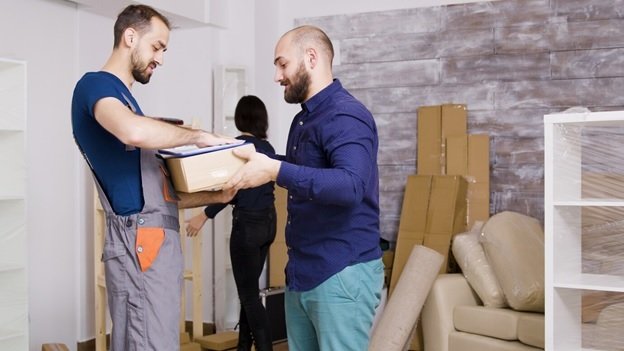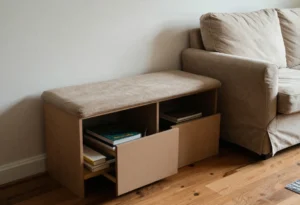Preparing for a move can be a daunting task, especially when considering the protection of your furniture, which holds both monetary and sentimental value, shaping the essence of your home. Each piece of furniture carries memories and represents a part of your life’s story, emphasizing the importance of ensuring its safe transport. This article aims to provide comprehensive guidance to effectively prepare your furniture for professional movers. Whether you’re moving across town or across the country, proper preparation is key to ensuring that your belongings arrive at their new destination safely and intact. From wrapping delicate items in protective materials to securely packing boxes, we’ll cover everything you need to know about preparing your furniture for movers.
Understanding the Importance of Furniture Preparation
The preliminary step to preparing your furniture for movers is understanding its critical significance. This doesn’t only ensure the moving process is efficient and seamless but also protects your beloved furniture from damage. Failure to prepare adequately can result in scratches, dents, or in severe cases, broken items.
Furthermore, when furniture is prepared and maneuvered properly, it saves both time and space within the moving truck, fostering a streamlined and cost-efficient moving process. Thus, a little preparation effort can go a long way in granting you peace of mind during the relocation.
Getting Started – Inventory and Assessment
Begin by creating an inventory of all your furniture items. This forms a checklist which will ease the tracking of your items, from the beginning to the end of your move. Moreover, this step aids in identifying any items that might need special handling or additional insurance coverage.
The subsequent phase is evaluating your furniture condition. For any pieces that are already damaged, take pictures of these areas as a record for potential insurance claims. During this inspection, also identify any furniture pieces that might be difficult to move due to their size and structure; such items may require disassembly.
Proper Cleaning
Cleaning your furniture before the move is crucial for preserving its condition and preventing your new home from accumulating dirt during the unpacking process. Utilizing cleaning agents tailored to the specific material of each piece of furniture ensures effective cleaning without causing damage. It’s essential to adhere to the general rule of avoiding excessive soaking of the furniture, opting instead for a gentle cleaning approach with a soft cloth. Additionally, thorough drying of the cleaned furniture is imperative to prevent the growth of mold or mildew, safeguarding its integrity throughout the moving process and beyond.
Disassembly
Disassembling larger furniture pieces before the move can significantly streamline transportation and minimize the chances of damage occurring. Beds, tables, and sizable cabinets are prime candidates for disassembly to facilitate easier handling and loading. It’s essential to meticulously organize and secure all loose components, such as screws and bolts, by placing them in clearly labeled bags to ensure easy reassembly later. Furthermore, wrapping detached parts in bubble wrap or protective moving blankets provides an additional layer of protection during transit, reducing the risk of scratches or dents.
Packing and Protecting
Ensuring the optimal protection of your valuable furniture during transit is paramount. Utilize materials such as bubble wrap, packing paper, and moving blankets to safeguard surfaces against scratches and abrasions. Pay special attention to padding sharp edges and corners to mitigate the risk of damage. For fragile items like glass surfaces or delicate pieces, employing special picture boxes provides an additional layer of protection. Remember, adequate cushioning is key to preventing unnecessary damages and preserving the integrity of your furniture throughout the moving process.
Labeling
After packing your items, it’s crucial to label them accurately for efficient organization and handling. Implementing a labeling system, such as color-coding based on room type, can greatly streamline the unpacking process. Ensure to designate fragile items clearly and indicate the correct orientation, such as “this side up,” to prevent mishandling. Providing comprehensive labeling with relevant information enhances communication with movers, enabling them to handle your belongings with the utmost care and attention to detail.
Communication with the Movers

In the final step of the moving process, open communication with the movers is paramount for a smooth transition. Providing them with a detailed understanding of your belongings and any specific instructions related to your furniture is crucial. This proactive approach greatly improves the efficiency of loading and unloading tasks, minimizing the risk of mishaps. Clear communication also fosters a collaborative environment, ensuring the safe and timely delivery of your items to your new home.
Final Thoughts
Preparation is paramount when it comes to safeguarding your furniture during moving. Through systematically following these steps, you can rest assured that your furniture will arrive at your new home in excellent condition, ready for you to start your exciting new chapter. Remember, the extra care taken in preparing your furniture for movers is an investment in preserving the items that make your house a home.




